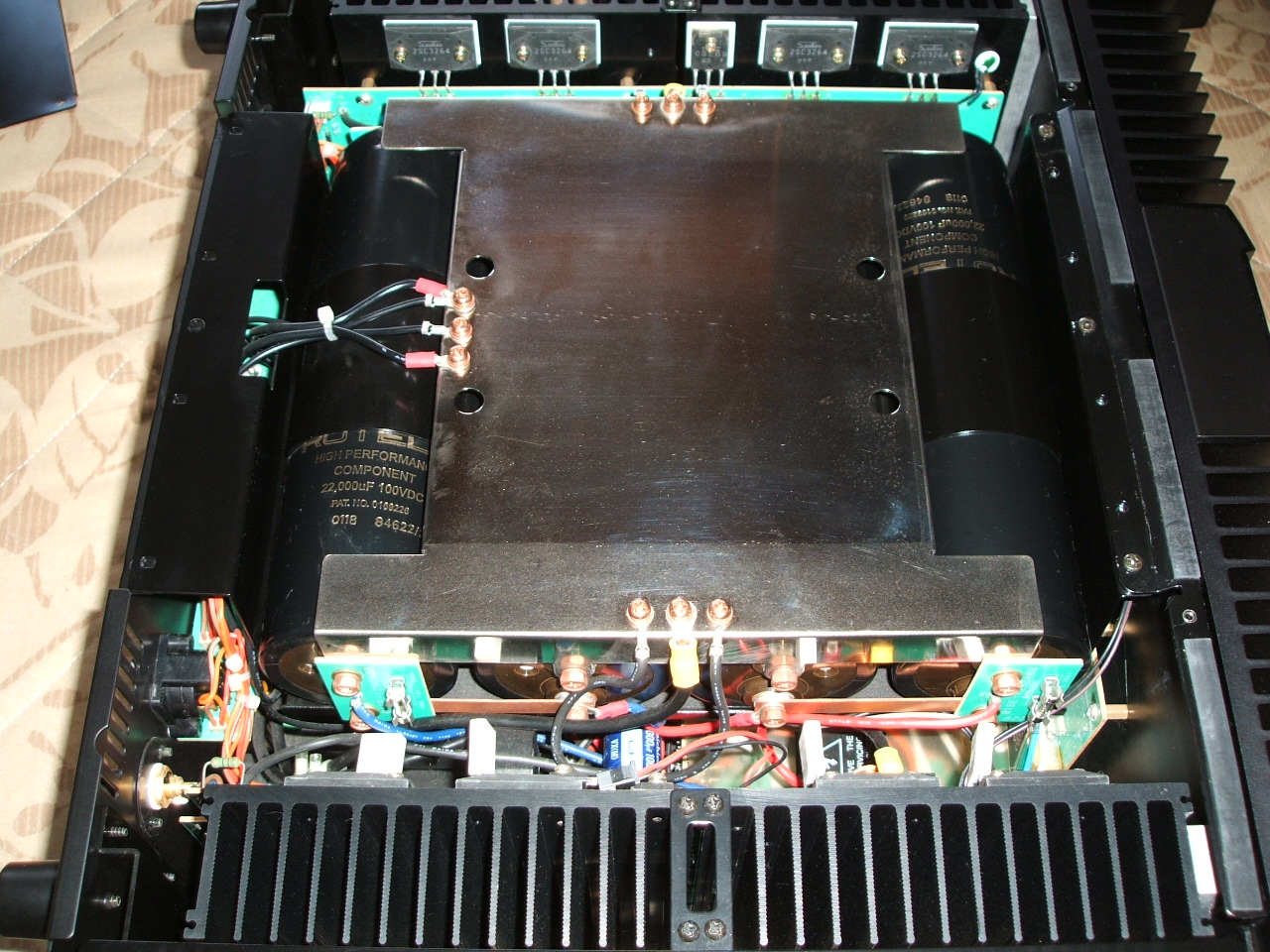You can run multiple subs out of a mono-channel.
Q: Should I use a mono amplifier or a multichannel amplifier to power my subs?
A: Because mono amps tend to be Class D amplifiers, they are a good choice for powering subwoofers — Class D amplifiers have a high power-to-heat ratio and excellent efficiency, which are exactly what you want when dealing with power-hungry low frequency signals.
Most mono amplifiers are designed to run at 2 ohms; some are even 1-ohm stable. Multichannel amplifiers, on the other hand, are typically designed to work with a 4-ohm load. This is an important difference when using your amp to power multiple subwoofers, because you won't be able to bridge your multichannel, 4-ohm stable amp to power multiple subs that present less than a 4-ohm load. Instead, use a mono amplifier to power a 2-ohm load — two 4-ohm subwoofers, or 2, 2-ohm dual voice coil subwoofers, for example. You'll be able to push your subwoofers with the mono amp's maximum power, without running at a dangerous impedance.
back to top
Q: What are the benefits of hooking up 2 subwoofers to a mono amplifier? How would I wire them?
A: The benefits of hooking up two subs to a mono amplifier are the same as hooking up any other number of subs to a mono amp: you can push the subs with more power at lower impedances. Because lower frequencies are less directional (i.e. it's more difficult for your ears to determine where low frequencies come from than highs), bass is often transmitted in mono. Mono here refers to a single channel (as opposed to stereo, or two channels), not one speaker.
Most mono amps have two sets of speaker terminals for convenience of installation: if you are hooking up two subs to the amp and using large-gauge wire, it gives you a place to attach the wires without having to trim them, appearing as if each subwoofer gets its own terminal. But in reality, these terminals are actually tied together inside the amp — both positives are going to the same place inside the amp, as are both negatives. If you are using more than two subs, then you simply use parallel or series wiring (or a combination) to get as close to the minimum impedance of the amp as possible (see our subwoofer wiring diagrams for more information).
I copied that from Crutchfield btw, I just had to do this with my car so I'm really not that knowledgable about car stereos.
